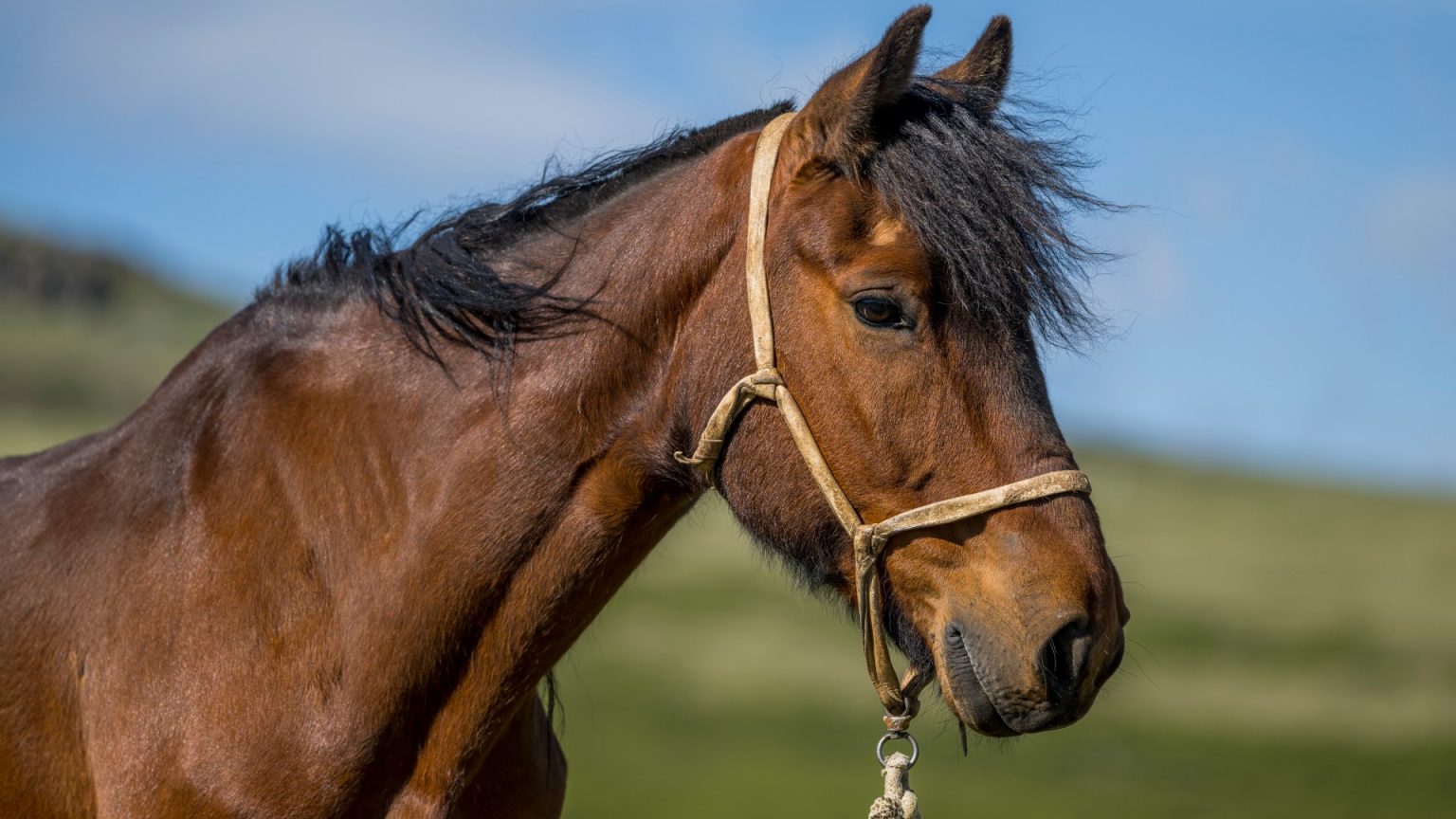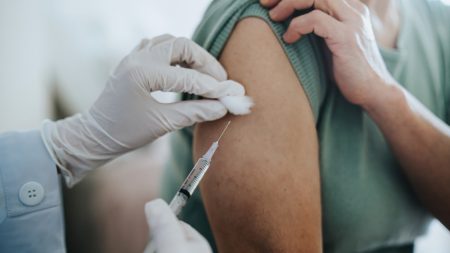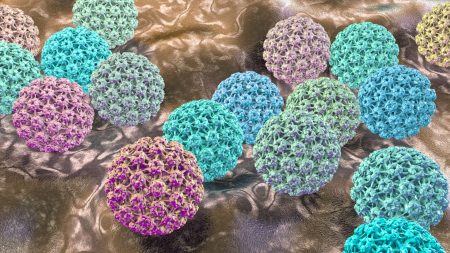The highly pathogenic avian influenza virus H5N1, a prime candidate for triggering the next pandemic, presents a growing threat due to its increasing ability to infect mammals. Recent research has unveiled a previously unknown aspect of H5N1 transmission: asymptomatic infections in horses. A study conducted in Mongolia found antibodies to the virus in horse blood samples, indicating exposure and infection without any outward signs of illness. This discovery raises concerns that H5N1 could be spreading undetected in horse populations globally, particularly in regions where bird flu is prevalent. The close proximity of horses to humans increases the risk of spillover infections, highlighting the need for vigilant monitoring and rapid detection of H5N1 in these animals. This silent spread amplifies the potential for the virus to mutate and adapt, potentially acquiring enhanced transmissibility among mammals, including humans.
The concern is further heightened by the virus’s potential to undergo reassortment within horses. Horses are susceptible to equine influenza (H3N8), and a simultaneous infection with H5N1 could lead to the exchange of genetic material between the two viruses. This process can result in the emergence of novel, potentially more dangerous strains with altered characteristics, including increased virulence or transmissibility. H5N1 has already demonstrated a worrying capacity for adaptation, spreading globally through migrating birds and infecting a range of mammalian species, including tigers, pigs, seals, house cats, and polar bears.
The virus’s spread among livestock poses a significant risk. In the United States, H5N1 has been detected in over 700 dairy herds, leading to at least 66 confirmed human cases in 2024, predominantly through contact with infected cows. While initial human infections were mild, recent cases in the US and Canada have presented severe symptoms, underscoring the virus’s evolving nature and potential for increased pathogenicity. Although current evidence does not suggest human-to-human transmission, the increasing number of mammal infections provides more opportunities for the virus to mutate and acquire this capability.
Laboratory studies have already identified a mutation in H5N1 that enables it to bind to human upper respiratory cells. This adaptation could facilitate airborne transmission between humans through coughing or sneezing, raising serious concerns about the virus’s pandemic potential. While the risk to humans and cattle in some regions, like Britain, is currently considered low, health authorities are taking precautionary measures, including stockpiling vaccines against the H5 family of viruses to prepare for a potential outbreak.
The history of H5N1 underscores the gravity of the situation. From 2003 to 2024, the virus caused 889 human cases and 463 deaths globally, resulting in a staggering 52% case fatality rate. This high mortality rate, coupled with the virus’s expanding host range and demonstrated capacity for adaptation, makes it a leading candidate for causing the next pandemic. While the prospect is alarming, the development and stockpiling of vaccines offer a crucial line of defense.
In conclusion, the evolving threat of H5N1 avian influenza demands continuous vigilance and proactive measures. The discovery of asymptomatic infections in horses expands the potential reservoir of the virus, increasing opportunities for mutation and spillover to humans. The virus’s ability to reassort with other influenza viruses, its expanding host range, and the identification of mutations that enhance its ability to infect human cells raise serious concerns about its pandemic potential. While current evidence does not indicate sustained human-to-human transmission, the increasing number of animal infections provides more chances for the virus to acquire this capability. The high mortality rate observed in past human cases underscores the importance of preparedness, including the development and stockpiling of vaccines, to mitigate the potential impact of a future H5N1 pandemic.











